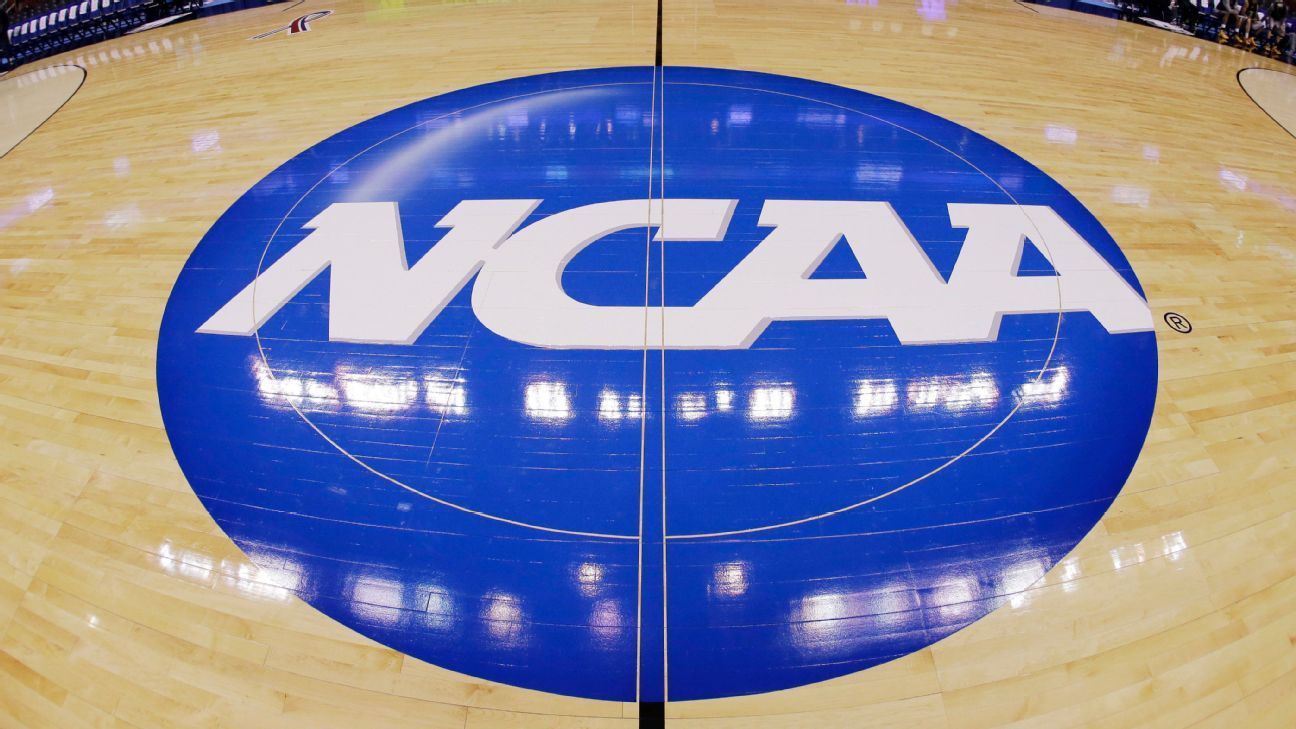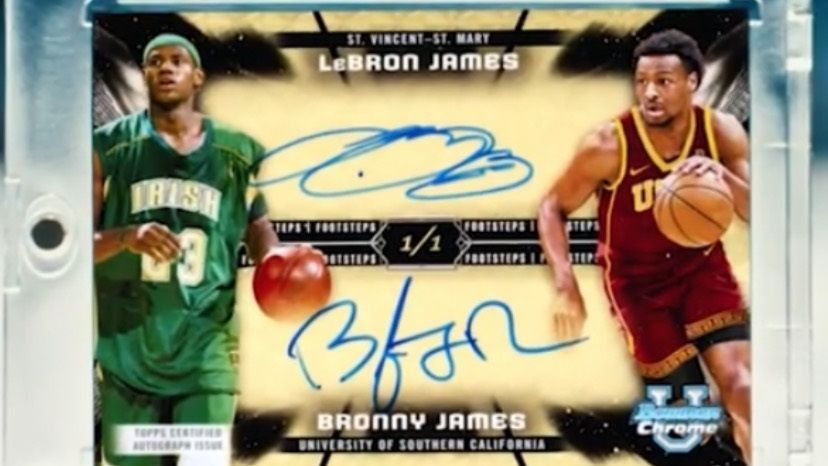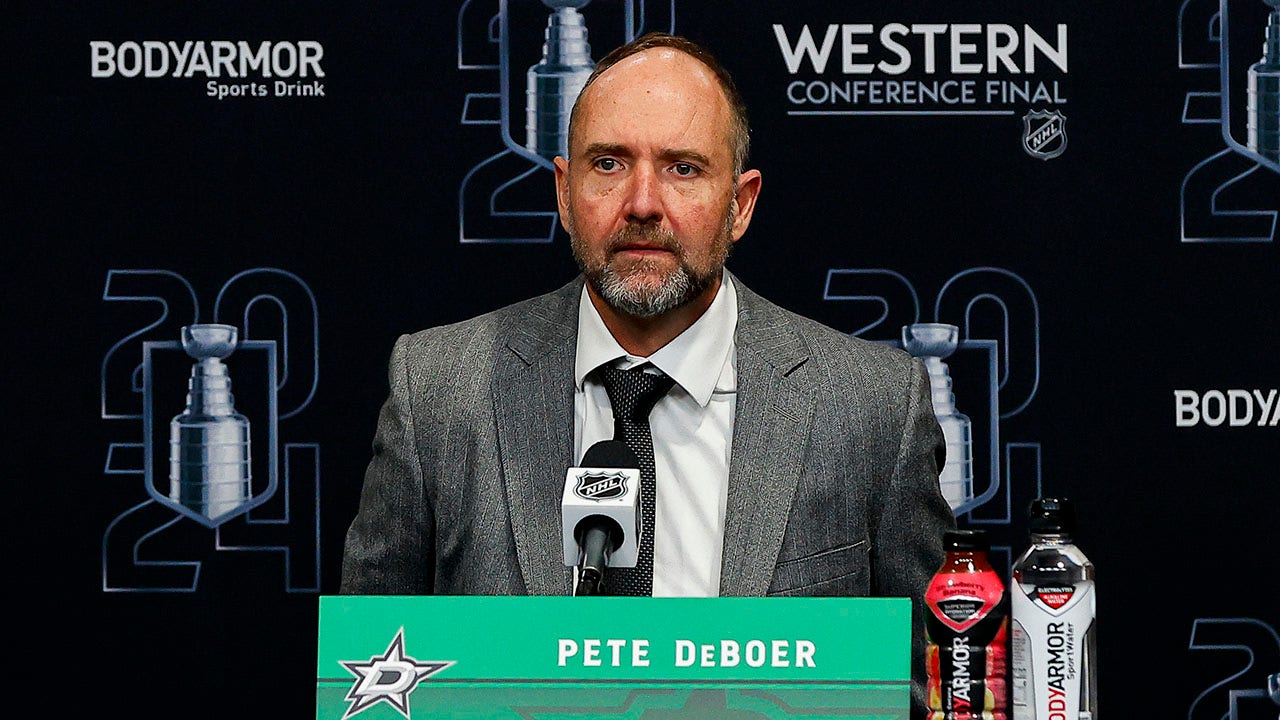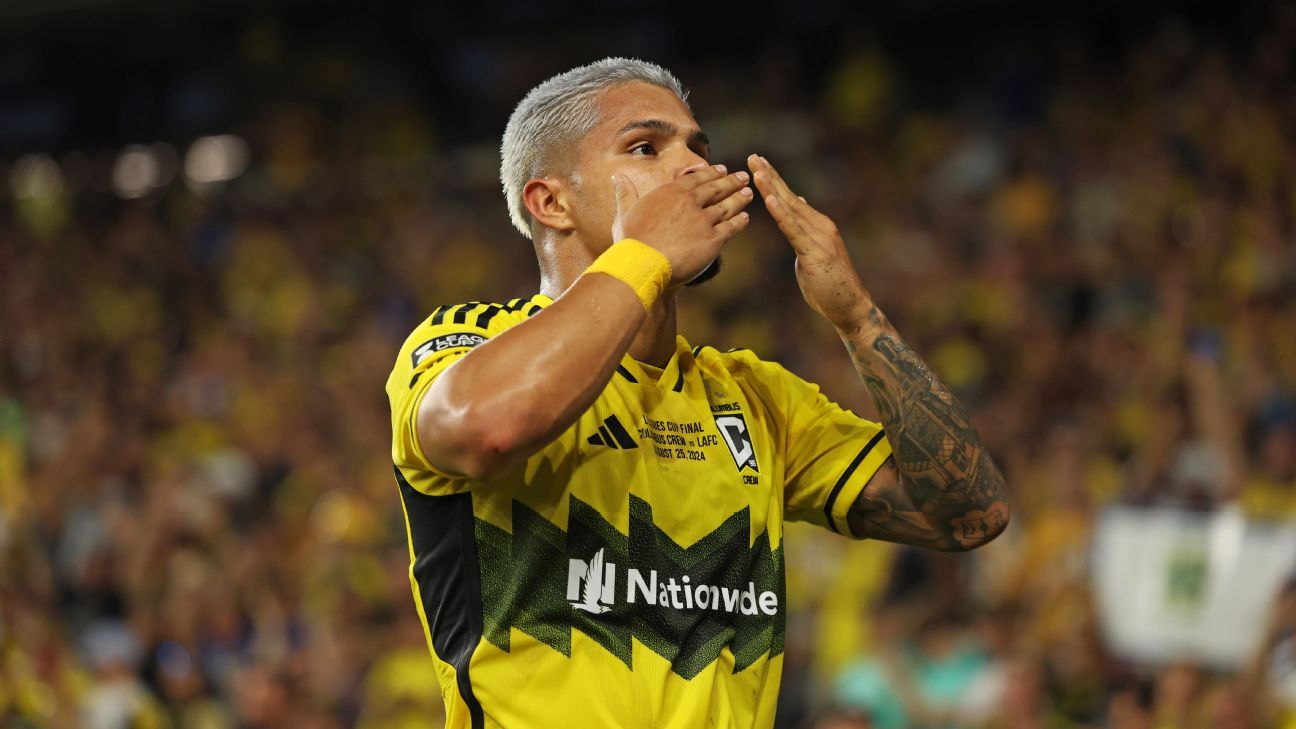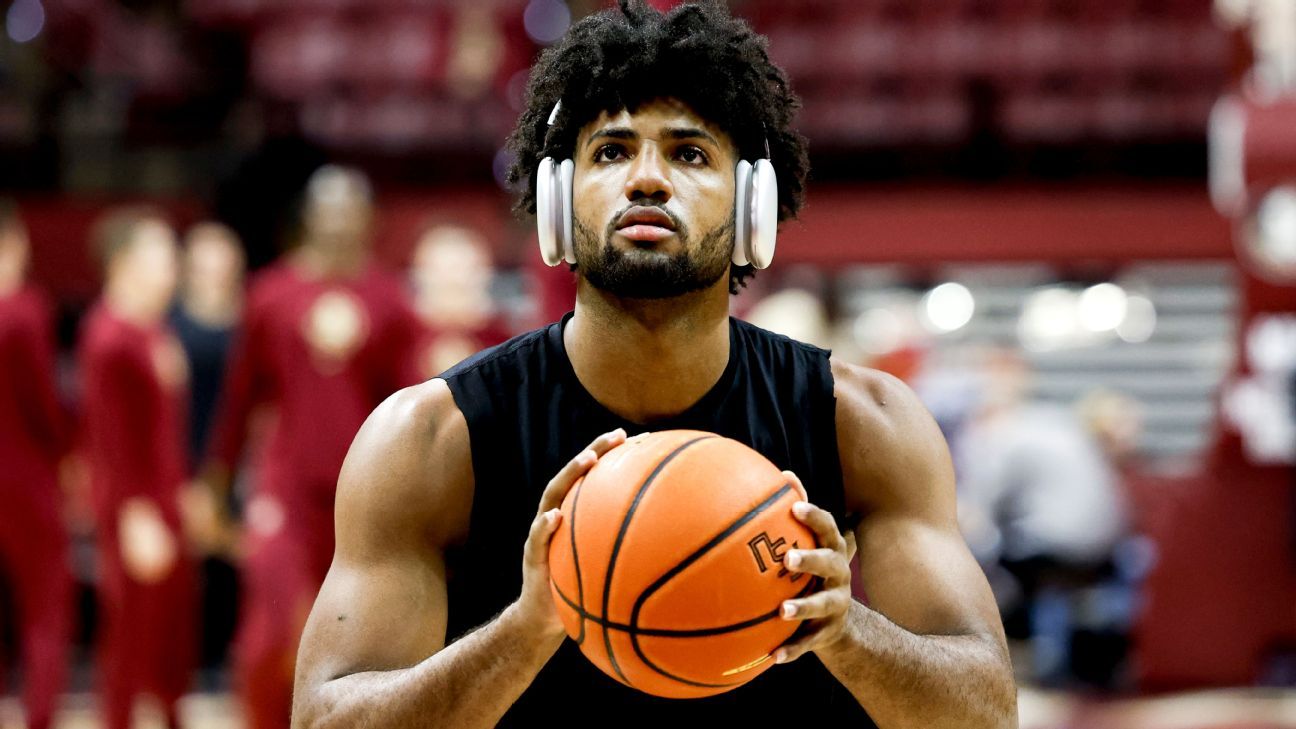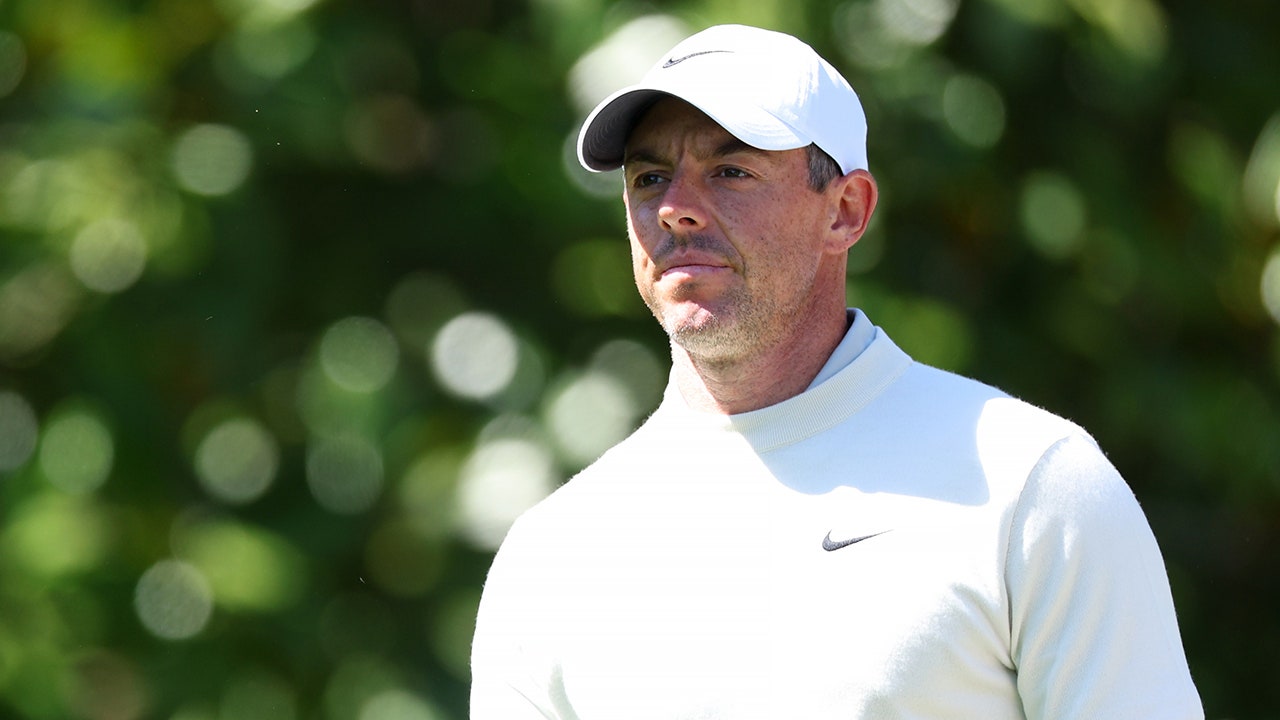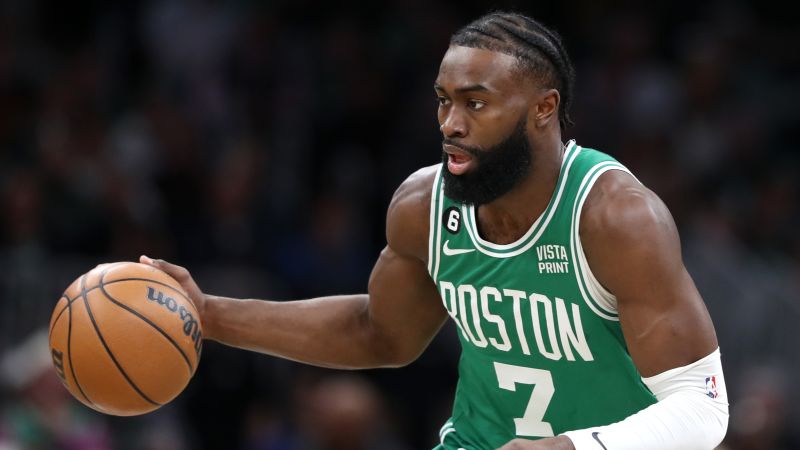As Dartmouth men's basketball players move toward forming the first union in college sports, most Americans say they are against college athletes unionizing, although younger respondents are more supportive.
A new poll from The Associated Press-NORC Center for Public Affairs Research found that a majority of adults, 55%, believe NCAA athletes should not be allowed to form unions that would allow them, as employees, to bargain collectively. with their schools.
But younger Americans, Democrats and independents are more open to unionizing. About 6 in 10 adults under 45 support allowing college athletes to form unions. That drops to 36% among people ages 45 to 59 and 23% of adults ages 60 and older.
Across parties, 56% of Democrats and about half of independents say athletes should be allowed to form unions. Only 23% of Republicans support it.
In a recent interview with Fox News, Republican Sen. Tommy Tuberville of Alabama, a former top college football coach and harsh critic of unions in general, said unionizing athletes would “completely kill college sports.”
“Last time I looked, they're not employees,” said Tuberville, who sponsored a college sports bill that would block employee status. “These students are student-athletes. And if you want the federal government to get involved and ruin something, you try to turn student-athletes into employees.”
NCAA President Charlie Baker and other college sports leaders have been lobbying Congress for several years, calling for a federal law regulating how athletes can be compensated for the use of their names, images and likenesses. .
Tuberville and Democrat Joe Manchin of West Virginia have sponsored one of several bills addressing NIL and other college sports reforms that have been introduced in both the House and Senate over the past four years. None have gotten any traction.
More recently, the emphasis of college sports leaders has shifted toward NCAA antitrust protections that would prevent athletes from being considered employees, thanks to looming lawsuits.
Baker and others maintain that the vast majority of the NCAA's 1,100 member schools could not afford to treat their athletes as employees and would sponsor fewer teams if athletes were categorized this way.
According to the AP-NORC poll, 55% of non-white adults support allowing college athletes to form unions. Only 34% of white adults say unions should be allowed among college athletes.
“This country is not based on unions, but when unions started, they secured the position of everyone in whatever their profession was, so to speak, especially blue-collar workers,” said Eric McWilliams, 62, a black man from Pennsylvania who have been part of a union and participated in the survey. “These college athletes don't make millions of dollars like the pros. They really have nothing to fall back on. If they get hurt, it's over.”
Last month, a regional director of the National Labor Relations Board ruled that Dartmouth men's basketball players qualified for employee status, clearing the way for team members to vote on whether they wanted to join a union.
On March 5, players voted 13-2 to join Service Employees International Union Local 560, which already represents some Dartmouth workers. The school has requested a review, essentially appealing the regional director's ruling, which could result in a lengthy process to determine whether Dartmouth will ever be required to negotiate with players.
Still, it was an important milestone for those who have been advocating for some, if not all, college athletes to be recognized as employees and receive a greater share of the revenue that college football and basketball generate for competing schools and conferences. at the highest level. levels.
Media and marketing rights for the NCAA Division I men's basketball tournament, which begins next week, generated $945 million in revenue for the association and its member schools last year.
“Now is the time for universities to stop wasting their time and money fighting athletes in court and pressuring Congress to roll back athletes' rights and instead start negotiating with athletes about the distribution income, health and safety protections, and more,” said Senator Chris. Murphy (D-Conn.) said.
The survey found that 53% of American adults say colleges and universities with major sports programs should provide athletes with a portion of the revenue received from broadcast rights. However, less than half support giving athletes additional spending money, a salary or exemptions from certain academic courses they need to graduate.
“I think really the credit for progress has always gone to the athletes,” said Ramogi Huma, executive director of the National College Players Association advocacy group, which has pushed for college athletes in income-generating programs to be considered. employees. “This is brick by brick.”
Huma helped organize a labor movement among Northwest football players in 2015 that began similarly to the one at Dartmouth, with an NLRB regional director ruling that players could vote to join a union. The initial ruling was eventually dismissed.
In the case of Dartmouth, the players appeared to be acting on their own, although university sports leaders, including Baker, have repeatedly said that most of the athletes they interact with do not want to be employees of their schools.
Isaac Vance is a former college football player at Kent State who served on the NCAA Student-Athlete Advisory Committee for three years before ending his college career last season.
Vance told the AP recently that he fears a more professionalized model of college athletics that includes employee status, unions and collective bargaining would end up hurting college athletes.
“It just gets rid of the school model that…so many great experiences have been built off of, and then it becomes a semi-pro league and, honestly, at that point, it really becomes, especially in football, basketball… . pay to play and it becomes a business too,” Vance said.
The survey of 1,102 adults was conducted Feb. 22-26, using a sample drawn from NORC's probability-based AmeriSpeak Panel, which is designed to be representative of the U.S. population. The margin of sampling error for all respondents is plus or minus 4.1 percentage points.

